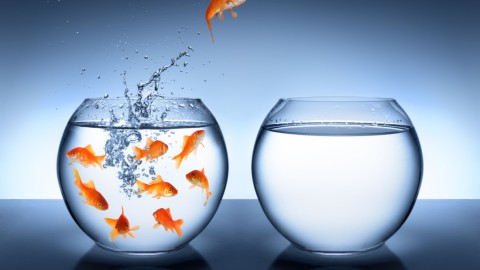Types and Usage
Silver is attractive to us because of its jewellery and dinner set.
Silver and silver compounds have many uses. Pure silver is the best conductor of heat and electricity of all known metals, so it is sometimes used in making solder, electrical contacts and printed circuit boards. Silver is also the best reflector of visible light known, but silver mirrors must be given a protective coating to prevent them from tarnishing. Silver has also been used to create coins, although today other metals are typically used in its place. Sterling silver, an alloy containing 92.5% silver, is used to make silverware, jewelry and other decorative items. High capacity batteries can be made with silver and zinc and silver and cadmium. Silver nitrate (AgNO3) is light sensitive and is used to make photographic films and papers. Silver iodide (AgI) is used to seed clouds to produce rain. It is also used in dental alloys, solder and brazing alloys. Silver paints are used for making printed circuits.
But beside that there are uses in medicine which is unbelievable.
It is the most important microbial agent before the introduction of antibiotics.
It also has been used to treat numerous infections n non infection conditions sometimes with striking success.
It has played an important role in development of radiology and in improving wound healing. It was also used for making vessels or containers, for liquid coins, shavings, foils, sutures solutions.
Herodotus the father of history accounts that no Persian king would drink water that was not transported in silver containers which kept the water fresh for years, which was particularly important in military conflicts.
Also appearance of silver plates to achieve better wound healing was used by the Macedonians.
HIPPOCRATES used silver preparation for the treatment of ulcers and to promote dental health, the prevention and correction of pyorrhea, gingivitis, bad breath and even eye conditions.











